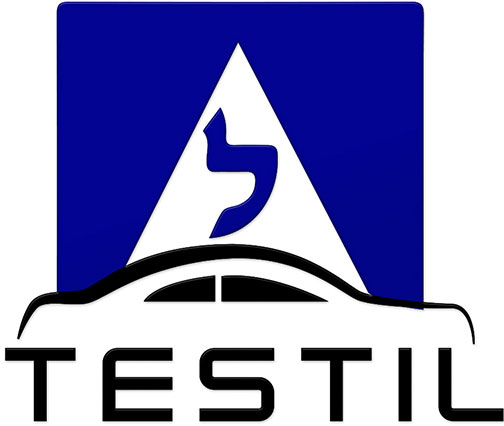Question:1
What sign warns drivers about an approaching tunnel?
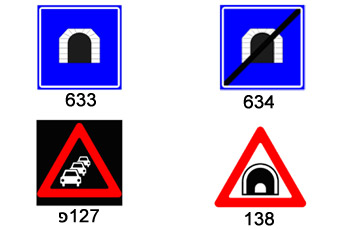
Category : Traffic Signs
Question:2
What is the meaning of the following traffic sign?

Category : Traffic Signs
Question:3
How is a driver required to conduct himself when a vehicle stops before him on approaching a pedestrian crossing?
Category : Rules and Regulations
Question:4
Being familiar with the different systems in the driver’s compartment whilst driving:
Category : Safety
Question:5
Is it obligatory to remove the meter from a taxi if its owner doesn’t have a valid taxi operation permit?
Category : Rules and Regulations
Question:6
What is indicated by the following traffic sign?

Category : Traffic Signs
Question:7
While driving on a road with two lanes in your direction of driving:
Category : Rules and Regulations
Question:8
How should you use the gearbox while driving on a continuous descent?
Category : Know Your Vehicle
Question:9
Is it obligatory to obey a portable traffic sign held by a member of the road safety guards?
Category : Traffic Signs
Question:10
Who is responsible for placing route signs on the service bus?
Category : Rules and Regulations
Question:11
Traffic sign 424 remains valid until the following sign is posted:
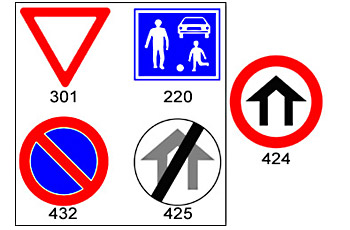
Category : Traffic Signs
Question:12
Why should we avoid running the vehicle’s engine in a closed placed?
Category : Safety
Question:13
In the illustration you can see a wide road. What number in the picture illustrates a Center reservation (divider)
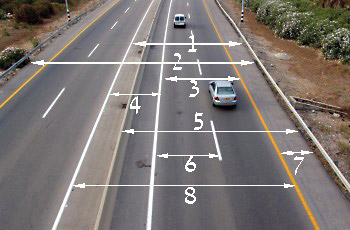
Category : Rules and Regulations
Question:14
What are you required to do according to the following road sign?

Category : Traffic Signs
Question:15
A policeman wrote you a traffic report due to “deviation from your lane”, and there are no lanes marked on the roadway. Is it justified?
Category : Rules and Regulations
Question:16
What do the following traffic signs have in common?
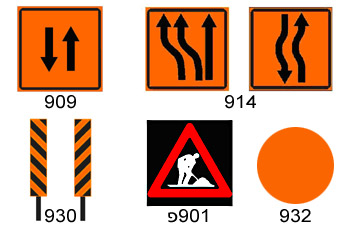
Category : Traffic Signs
Question:17
What are you required to do according to the following road sign?
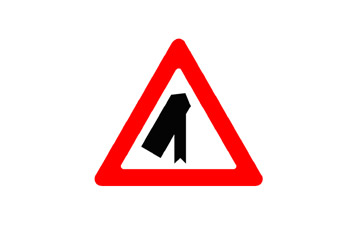
Category : Traffic Signs
Question:18
While driving during “lighting up time” in a vehicle with an overall width of 220 cm, is it obligatory to turn-on the “Extremity“ side lights?
Category : Rules and Regulations
Question:19
How are you required to overtake a traffic island on a two-way roadway?
Category : Rules and Regulations
Question:20
You are driving a commercial vehicle and come across this traffic sign:
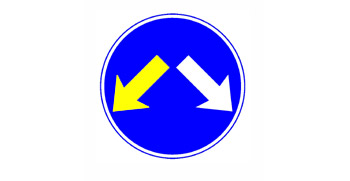
Category : Traffic Signs
Question:21
Within what distance of a bus stop is it forbidden to stop a vehicle?
Category : Rules and Regulations
Question:22
How should one drive while inside a “play street”?
Category : Rules and Regulations
Question:23
In the following picture – where is it forbidden to stop or park a vehicle?
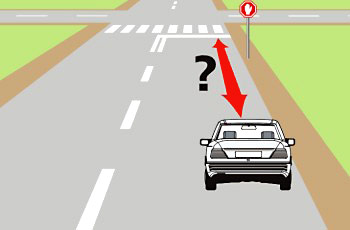
Category : Rules and Regulations
Question:24
Who determines the fare of a special taxi ride?
Category : Rules and Regulations
Question:25
How does a multitude of traffic signs before an intersection affect the driver’s response?
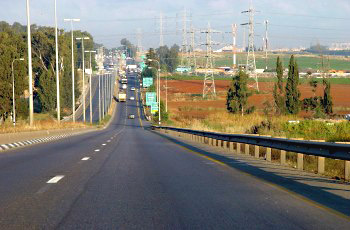
Category : Safety
Question:26
What is a bus driver obliged to do once he reaches his final destination?
Category : Rules and Regulations
Question:27
What are the “blind spots”?
Category : Safety
Question:28
How would you avoid colliding with a vehicle that drives in the same direction you?
Category : Safety
Question:29
What is the meaning of the following traffic sign?

Category : Traffic Signs
Question:30
What is the minimum distance that it is permitted to park near a fire hydrant?
Category : Rules and Regulations
